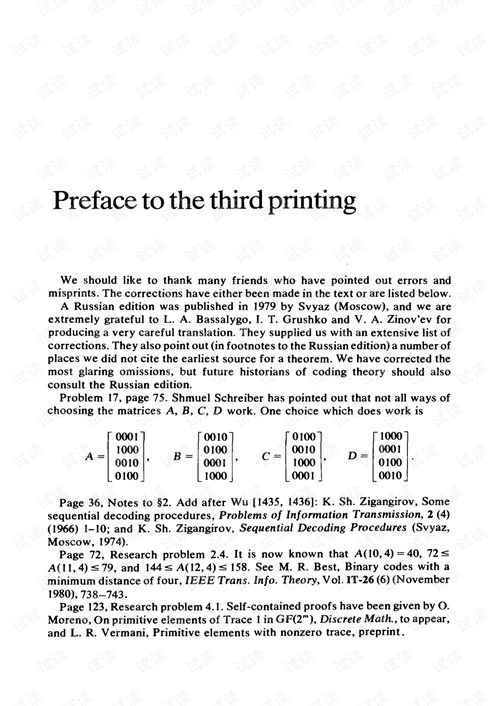Introduction:
For anglers seeking to master the ancient and revered art of fishing, the Taiwan style fly fishing, also known as "台钓," offers a unique and challenging approach. One of the most critical skills in this method is the ability to effectively probe the depths and understand the underwater terrain. In this article, we delve into the intricacies of how to explore the depths with Taiwan style fly fishing, complemented by a detailed video guide that will enhance your fishing experience.

Understanding the Basics of Taiwan Style Fly Fishing:
Before we dive into the technique of probing the depths, it's essential to have a foundational understanding of Taiwan style fly fishing. This method involves using a long rod, a light line, and a small fly or lure to mimic natural prey. The key to success lies in the angler's ability to cast accurately, read the water, and make precise presentations.
Why Probing the Depths is Important:
Probing the depths is crucial in Taiwan style fly fishing because fish often congregate near the bottom in search of food or shelter. By understanding the underwater terrain, you can target these areas more effectively, increasing your chances of a successful catch.
The Technique:
Choosing the Right Equipment:
- A long rod (typically between 9 to 12 feet) designed for fly fishing.
- A lightweight fly line that can handle the light tackle.
- A small fly or lure that mimics natural prey.
- A good quality reel with a smooth drag system.
Setting Up Your Gear:
- Attach the fly line to the reel and thread it through the rod guides.
- Make sure the leader and tippet are properly attached to the fly line.
- Adjust the drag on the reel to be just right for the type of fish you're targeting.
Locating the Bottom:
- Start by casting your line into the water and letting it sink to the bottom.
- Pay close attention to the feel of the line as it reaches the bottom. This will help you understand the resistance and texture of the terrain.
Probing the Depths:
- Once you've located the bottom, gently pull your fly or lure along the bottom, mimicking the movement of a natural prey.
- Be patient and allow the fly to move naturally. Avoid quick or erratic movements.
Reading the Water:
- Observe the water's surface for any signs of fish activity, such as ripples or bubbles.
- Look for submerged objects or structures that could indicate a likely fishing spot.
Adjusting Your Technique:
- If you don't feel any resistance or if the fish aren't biting, try adjusting the depth of your fly or lure.
- Experiment with different retrieves and presentations to see what works best.
The Video Guide:
To further enhance your understanding of the technique, we've compiled a comprehensive video guide that walks you through each step of probing the depths in Taiwan style fly fishing. The video covers:
- Detailed explanations of the equipment and setup.
- Step-by-step instructions on how to locate the bottom.
- Tips on reading the water and interpreting the signs.
- Demonstrations of different retrieves and presentations.
Conclusion:
Probing the depths in Taiwan style fly fishing is a skill that requires patience, practice, and a keen understanding of the underwater environment. By following the techniques outlined in this article and watching the accompanying video guide, you'll be well on your way to mastering this ancient art. Remember, the key is to observe, adapt, and enjoy the process of connecting with nature and the fish that call the depths their home. Happy fishing!












